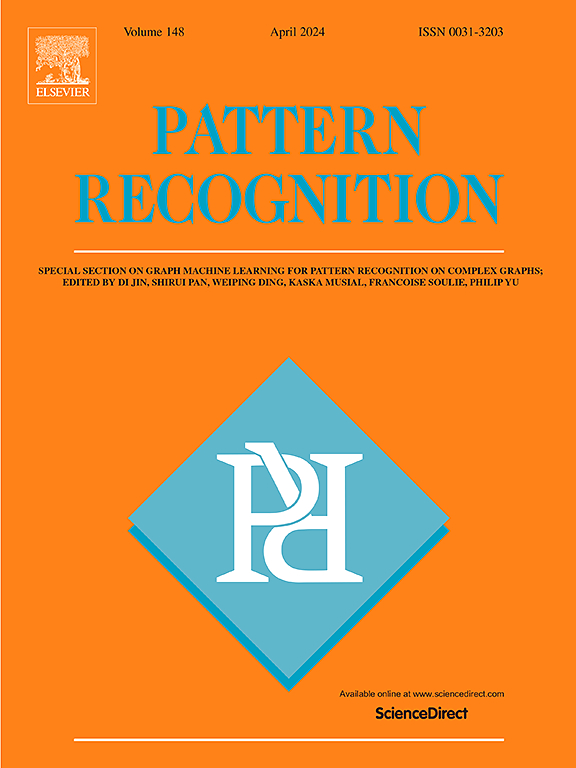Learning region-aware style-content feature transformations for face image beautification
IF 7.5
1区 计算机科学
Q1 COMPUTER SCIENCE, ARTIFICIAL INTELLIGENCE
引用次数: 0
Abstract
As a representative image-to-image translation task, facial makeup transfer is typically performed by applying intermediate feature normalization, conditioned on the style information extracted from a reference image. However, the relevant methods are typically limited in range of applicability, due to that the style information is independent of source images and lack of spatial details. To realize precise makeup transfer and further associate with face component editing, we propose a Semantic Region Style-content Feature Transformation approach, which is referred to as SRSFT. Specifically, we encode both reference and source images into region-wise feature vectors and maps, based on semantic segmentation masks. To address the misalignment in poses and expressions, region-wise spatial transformations are inferred to align the reference and source masks, and are then applied to explicitly warp the reference feature maps to the source face, without any extra supervision. The resulting feature maps are fused with the source ones and inserted into a generator for image synthesis. On the other hand, the reference and source feature vectors are also fused and used to determine the modulation parameters at multiple intermediate layers. SRSFT is able to achieve superior beautification performance in terms of seamlessness and fidelity.
学习区域感知的人脸图像美化风格-内容特征转换
作为一种典型的图像到图像的翻译任务,面部表情转换通常通过应用中间特征归一化来完成,并以从参考图像中提取的风格信息为条件。然而,由于风格信息独立于源图像,缺乏空间细节,相关方法的适用范围受到限制。为了实现精确的化妆转换,并进一步与人脸成分编辑相关联,我们提出了一种语义区域样式-内容特征转换方法,简称SRSFT。具体来说,我们将参考图像和源图像编码为基于语义分割掩码的区域特征向量和地图。为了解决姿势和表情的不对齐问题,推断出区域明智的空间转换以对齐参考和源掩码,然后应用于显式扭曲参考特征映射到源面,而无需任何额外的监督。将得到的特征图与源特征图融合,并插入到一个生成器中进行图像合成。另一方面,还融合了参考和源特征向量,并用于确定多个中间层的调制参数。SRSFT能够在无缝度和保真度方面实现卓越的美化性能。
本文章由计算机程序翻译,如有差异,请以英文原文为准。
求助全文
约1分钟内获得全文
求助全文
来源期刊

Pattern Recognition
工程技术-工程:电子与电气
CiteScore
14.40
自引率
16.20%
发文量
683
审稿时长
5.6 months
期刊介绍:
The field of Pattern Recognition is both mature and rapidly evolving, playing a crucial role in various related fields such as computer vision, image processing, text analysis, and neural networks. It closely intersects with machine learning and is being applied in emerging areas like biometrics, bioinformatics, multimedia data analysis, and data science. The journal Pattern Recognition, established half a century ago during the early days of computer science, has since grown significantly in scope and influence.
 求助内容:
求助内容: 应助结果提醒方式:
应助结果提醒方式:


